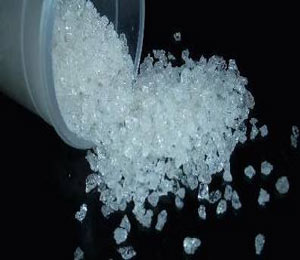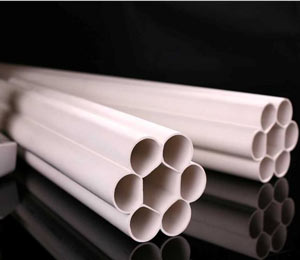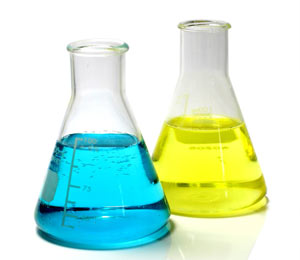- 0086-512-58361938
- michael@victory-chem.com
In recent years, soil pollution caused by heavy metals such as cadmium has been reported in China. In the mid-1980s, studies conducted on polluted areas caused by cadmium-contaminated water irrigation in a southern province showed that the cadmium content of rice exceeded the standard rate of 71.69% and the meat, poultry, and eggs did not exceed the limit. A survey of food cadmium contamination in a southern province from 2005 to 2009 showed that the detection rate of cadmium was 64.4%, exceeding the standard rate of 7.3%; cadmium exceeded foods related to food, fruits, edible fungi, aquatic products, animal offal, etc. Cadmium pollution is common in some areas. The “cadmium mine” is mostly mined by other associated metal mines, such as “Minmetals”.



With the continuous development of phosphate flame retardant requirements in various fields this year, antimony trioxide (Sb2O3) has become a hot protagonist in the flame retardant industry. The content of earthworms in the earth’s crust is only 0.0001%, which belongs to scarcity and strategic resources of the country. China’s earthworms account for two-thirds of the world’s total reserves, and most of them have been exported abroad. The current reserve is only used for 10 years. Tantalum ore is often associated with other heavy metal ores. The mining of antimony ore has seriously polluted the farmland and water sources in the middle and lower reaches of the Yangtze River. According to reports, the most recently poisoned rice comes from Yiyang, Hunan, and Yiyang is the most concentrated antimony mining area in China. Based on the protection of resources and pollution control, the country started rectifying the industry in 2009. The mining of antimony ore was subject to limited control and management. Since then, the price of antimony oxide has increased from 30,000 per ton in 2008 to 120,000 per ton in 2011.
To sum up, no matter from the perspective of protecting the ecological environment and protecting human health, or proceeding from conservation of resources and ensuring the sustainable development of the country’s mineral resources, it is necessary to save and utilize antimony ore resources and limit the mining of antimony ore.